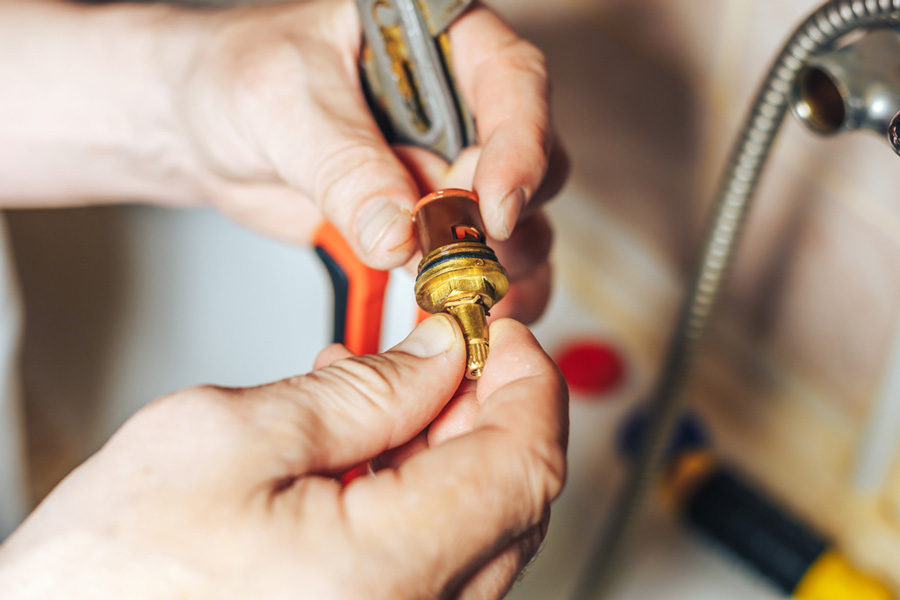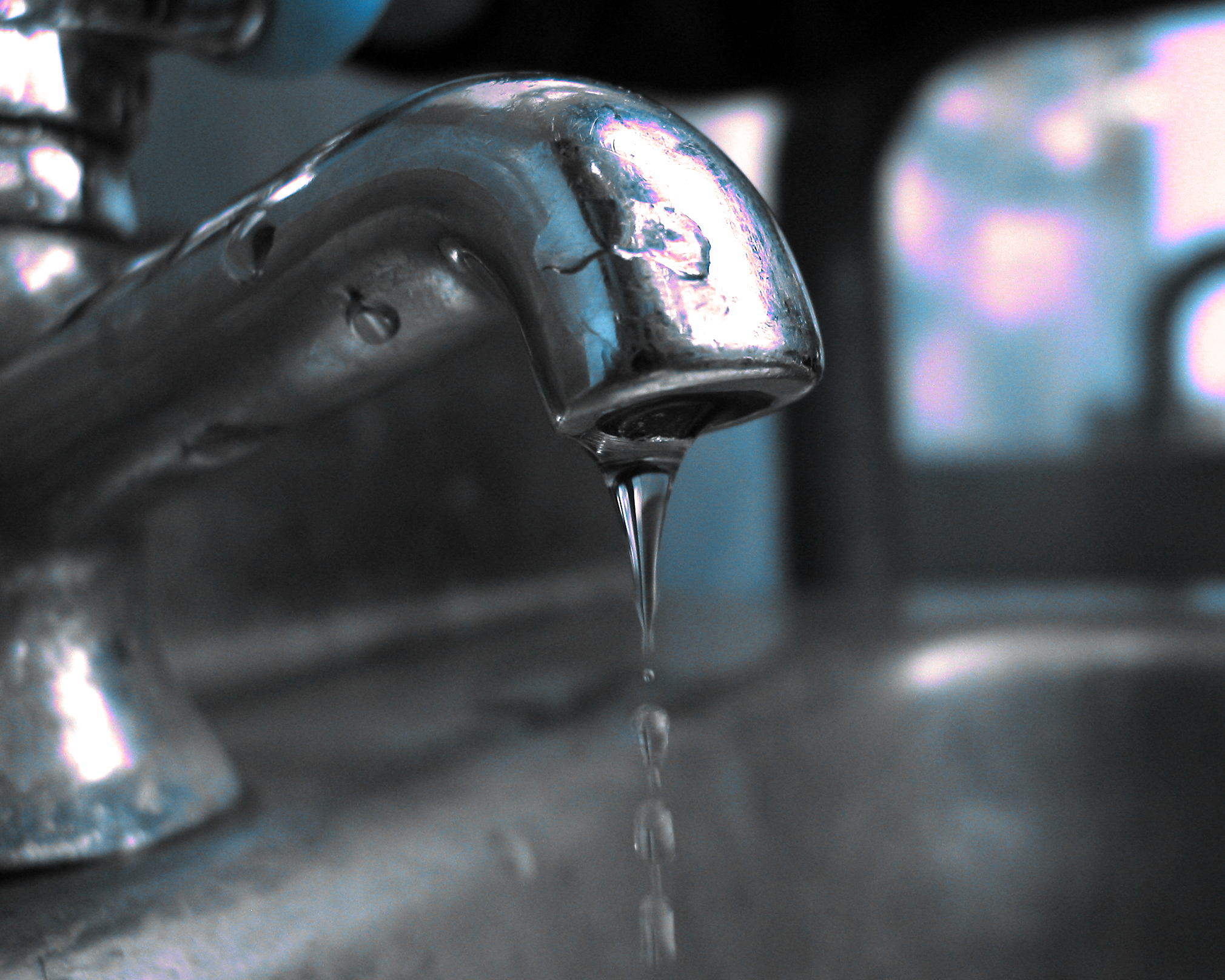Here on the next paragraphs yow will discover a lot of dependable insights regarding What Causes Leaky Faucets & How To Fix Them.

Leaking taps could seem like a small inconvenience, but their impact exceeds simply the aggravation of the audio. From wasting water to incurring unneeded monetary expenses and health dangers, ignoring a dripping faucet can cause numerous consequences. In this article, we'll delve into why it's vital to resolve this typical family concern without delay and effectively.
Wastefulness of Water
Ecological Influence
Leaking faucets contribute significantly to water wastage. According to the Epa (EPA), a solitary faucet dripping at one drip per secondly can lose greater than 3,000 gallons of water annually. This not only pressures water resources but additionally impacts communities and wild animals based on them.
Step-by-Step Overview to Taking Care Of a Dripping Faucet
Devices Required
Before attempting to fix a leaking tap, gather the essential tools, including a flexible wrench, screwdrivers, substitute parts (such as washers or cartridges), and plumber's tape.
Typical Tap Issues and Their Solutions
Recognize the type of faucet and the specific issue causing the drip. Typical issues consist of damaged washing machines, rusty shutoff seats, or faulty O-rings. Refer to manufacturer instructions or online tutorials for step-by-step assistance on repair work.
Financial Costs
Enhanced Water Expenses
Beyond the environmental impact, dripping taps can blow up water expenses significantly. The built up wastage with time equates into higher energy costs, which might have been prevented with timely fixings.
Prospective Residential Property Damage
Moreover, extended leaking can lead to harm to components and surface areas bordering the faucet. Water buildup can create staining, corrosion, and even architectural issues if left neglected, resulting in extra fixing costs.
Health and wellness Concerns
Mold and Mold Development
The constant existence of dampness from a dripping faucet produces an ideal atmosphere for mold and mold development. These fungis not just jeopardize interior air top quality yet also position health and wellness dangers, especially for people with breathing problems or allergic reactions.
Waterborne Conditions
Stationary water in trickling taps can become a breeding ground for microorganisms and various other virus, boosting the danger of waterborne illness. Contaminants such as Legionella bacteria grow in stationary water, potentially resulting in serious ailments when consumed or inhaled.
DIY vs. Specialist Repair work
Benefits and drawbacks of DIY Repair
While some might attempt to deal with a leaking tap themselves, DIY repairs include their own collection of challenges. Without appropriate knowledge and tools, DIY efforts can exacerbate the problem or bring about incomplete repair services, prolonging the issue.
Advantages of Working With a Professional Plumber
Employing a specialist plumber ensures that the underlying root cause of the trickling faucet is dealt with properly. Plumbers possess the know-how and tools to diagnose and repair faucet issues efficiently, saving time and reducing the danger of additional damage.
Environmental Obligation
Private Payment to Conservation
Taking obligation for repairing dripping faucets straightens with more comprehensive initiatives toward water conservation and ecological sustainability. Every person's actions collectively make a significant influence on protecting precious resources.
Sustainable Living Practices
By focusing on timely repairs and taking on water-saving routines, individuals add to sustainable living techniques that profit both existing and future generations.
Preventive Measures
Routine Maintenance Tips
To avoid leaking faucets, carry out regular maintenance such as cleansing aerators, examining for leakages, and replacing worn-out components quickly. In addition, consider setting up water-saving tools or upgrading to much more reliable components.
Significance of Prompt Fixes
Resolving dripping faucets as soon as they're observed protects against further water wastage and prospective damages, ultimately saving both water and money in the long run.
Impact on Building Worth
Assumption of Well-Maintained Property
Maintaining a residential or commercial property in good condition, including dealing with maintenance concerns like trickling faucets, enhances its viewed value and desirability amongst prospective buyers or tenants.
Impact on Resale Value
Characteristics with well-maintained plumbing components, including taps, command higher resale worths in the realty market. Addressing trickling faucets can add to a positive impression throughout home inspections and settlements.
Verdict
Dealing with a trickling faucet exceeds plain benefit; it's a necessary step toward saving water, lowering financial expenses, and guarding health and home. Whether through DIY repair work or expert help, doing something about it to deal with dripping faucets is a small yet impactful way to promote responsible stewardship of resources and add to a much healthier, extra lasting future.
Why Are My Faucets Dripping (And Can I Fix it Myself)?
Causes of a Dripping or Leaking Faucet
Whether you’re hearing drops of water falling and hitting a sink, or noticing water ooze out from the base of the spout, you shouldn’t ignore a dripping or leaking faucet. And, the good news is, sometimes you can fix the problem yourself.
In this article, we’ll review a few common causes of dripping and leaky. We’ll also walk you through some basic ways to find the problem and handle it without calling anyone — and let you know when to call in a pro.
But, no matter what the cause, or whether you can handle it on your own, the sooner you address it, the better.
Each drip may be a tiny amount of water. But, they all add up quickly. According to the U.S. Geological Survey, one faucet losing one drop every 20 seconds — five a minute — wastes around a liter of water every day, and 173 gallons a year.
Add in more than one in your house, and it’s a lot of water to waste. So, we’ll help you get to the bottom of things quickly.
Four Reasons Your Faucet May Be Dripping
- Aerator is Damaged or Unseated
- Valve Seat is Corroded
- O Ring is Loose or Worn Out
- Part of the Assembly is Loose
Aerator is Damaged or Unseated
If you unscrew the end of your faucet, you’ll find the aerator. It’s the little stem piece with a screen on it that shuts off the water circulation.
If it’s damaged, or if it’s not sitting right, it will allow water to pass through.
Valve Seat is Corroded
Next is the valve seat, which is connected to the washer. If the washer wasn’t in place correctly, then it could have ground against the seat. Over time, this damages the valve seat.
The problem could also be corrosion: Over time, the part has worn out, and it’s now allowing water to pass through.
O Ring is Loose or Worn Out
Since the o ring is only a small rubber gasket, it’s a common reason why the faucet is dripping. You’ll find it at the base of the faucet, and it’s there to keep water from coming out where it’s not supposed to.
However, it’s common for the o ring to wear out over time. When it does, you’ll notice a drip.
Part of the Assembly is Loose
So far, we’ve looked at a few small, specific parts. But, the problem could be anywhere in the assembly if something’s out of place.
Even if a part isn’t damaged, over time, it may have become loose or dislodged. It could be the parts we mentioned, or the aerator at the tip of the faucet, the stem itself,
Can I Fix a Leaky Faucet Myself?
Depending on the problem, and how handy you are, there’s a chance you can fix a leaky faucet without calling a professional. But, you do run the risk of making the problem worse.
If it’s a small drip, you can certainly try a few troubleshooting tactics. We’ll walk you through them in a moment.
But, no matter what, your first step should be shutting off the water coming into the faucet. You should find a shutoff valve under the sink on the pipes leading to it. Turn each one clockwise until they close tightly.
Next, make sure you have the right tools for whatever you’re attempting. It’s tempting to make do with what you have. But, you need the right ones for a reason: You’re often dealing with small parts that can break if you handle them carelessly.
If you’re feeling confident, here are some places to start.
Items Near the Tip of the Faucet
A few of the parts we mentioned — particularly the valve seat and washer — are located at the tip of the faucet where the water comes out. They’re easy to access, making it a good place to start.
Check the O Ring
To check the o ring, you’ll need to take off the spout at the base. It’s easiest on kitchen sinks with long spouts, versus the smaller, bulkier base on most bathroom sinks.
Either way, this can be tricky, so do it carefully and don’t force anything. If it’s not coming right off, you’re much better off calling in a pro than possibly breaking something.
For a kitchen sink, there’s usually a nut or coupling assembly at the base of the spout. These often slide off easily without using any tools.
Once you’ve disassembled those parts, gently but forcefully twist off the spout.
Then, you can see the o rings. There should be two of the rubber gaskets on the base. If they look worn or damaged, replace them, and see if that solves the problem.

I'm just very occupied with 4 Common Reasons for a Leaky Faucet and I hope you appreciated my piece. Are you aware of someone else who is fascinated about ? Be sure share it. We recognize the value of reading our article about Should I Repair or Replace a Leaky Faucet?.
Comments on “When It's Essential to Address a Malfunctioning Faucet”